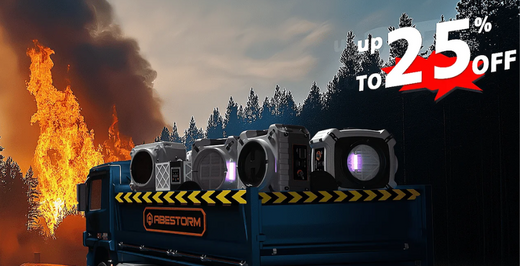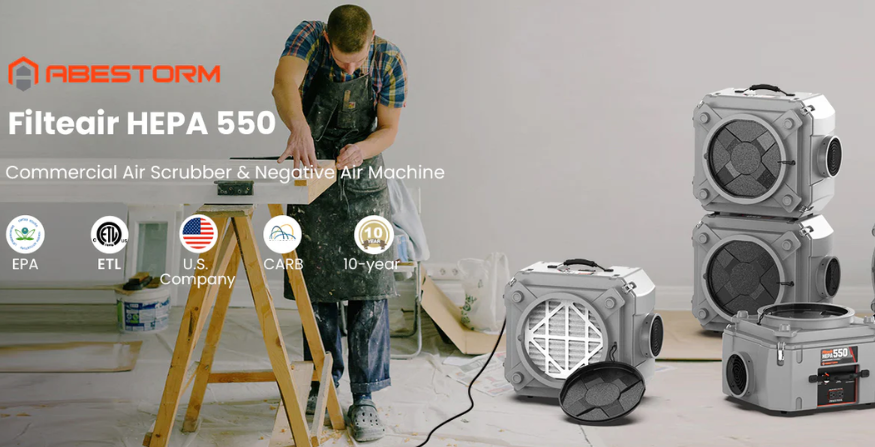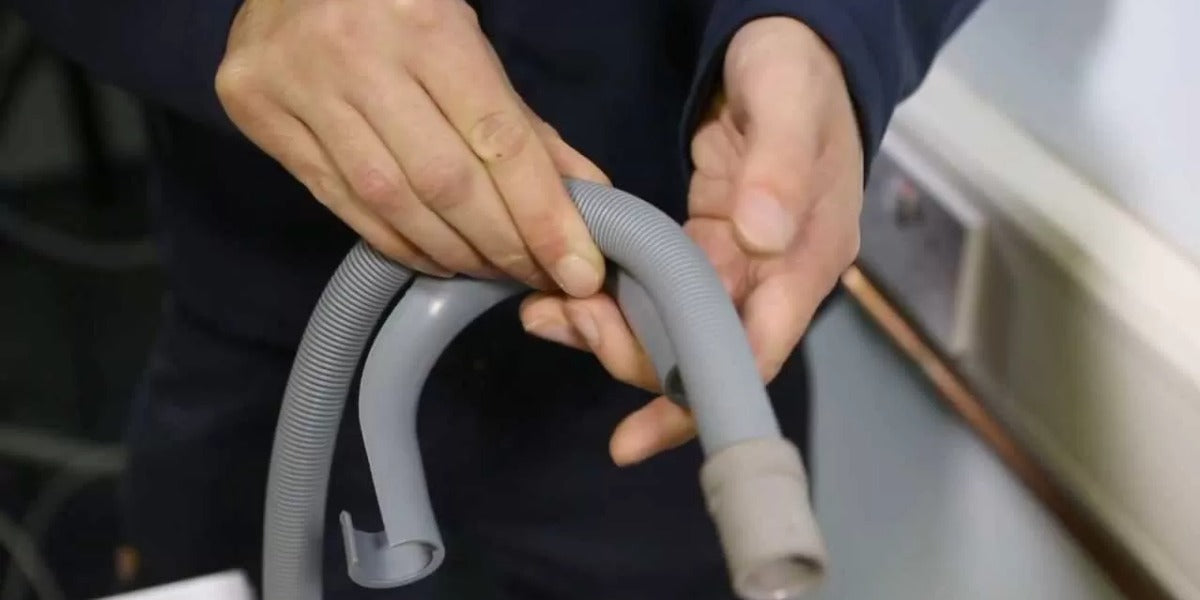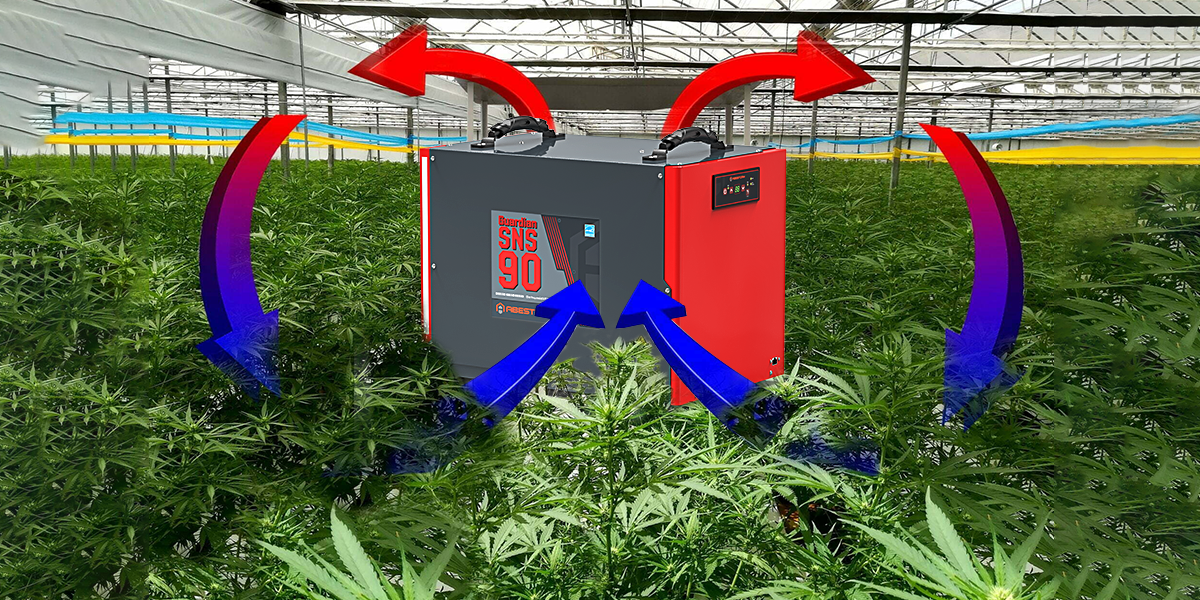Are you looking for ways to dehumidify a basement? Wondering how to get rid of a clammy and moldy basement? Excessive dampness can, therefore, lead to mold, a bad smell, and even damage to homes. If you feel strained by the load of the high humidity in your basement, don't worry; this guide will help you.
We will take you step-by-step into basement moisture with practicable measures: better ventilation, dehumidification, fixing leakages, installing a sump pump, and improving the drainage around your house.
So let's get started.
Understanding Basement Humidity
Before getting straight to how to dehumidify a basement, it's essential to first understand basement humidity.
Well, the main reasons for high humidity in basements are caused, in most cases, just by a combination of factors, namely:
Poor Ventilation: Basements generally have poor ventilation, therefore holding moisture inside.
Water Leaks: Leaks from pipes, walls, or floors can introduce unwanted water.
Ground Moisture: Moisture probes from the ground to the basement through bleeding walls and floors.
Condensation: Warm, moist air coming into contact with cooler basement surfaces can condense to give way to dampness.
Understanding these factors will help you address the root causes of basement humidity effectively.
Now, let's discuss practical methods to tackle these issues and keep your basement dry and comfortable.
Methods to Dehumidify a Basement
Some effective means with which your basement can be dehumidified are as follows:
a) Improve Ventilation
Improve basement ventilation so there is less humidity. The humidity gets trapped in the stale air; therefore, better airflow will help. Basement exhaust fans and proper basement air circulation will eject humid air and introduce the basement with drier air from outside.
Make sure to open vents or windows when weather permits and consider installing a fan to boost airflow.
b) Use a Dehumidifier
A crawl space dehumidifier is one of the most effective tools for controlling basement humidity. Choosing the best dehumidifier for basement depends on the size of your space and the level of moisture.
Regular dehumidifier maintenance is essential to ensure it works efficiently. A portable dehumidifier can be moved to different areas as needed and is particularly useful for smaller basements.
c) Seal Cracks and Leaks
One could seal the underside of slabs to block moisture from infiltrating a basement. Crack repair on a basement and sealing those leaks help prevent most water infiltration.
Besides, the high humidity issues would then be protected by waterproof coatings for basement walls from recurring. Proper sealing can prevent potential water infiltration and potential issues.
d) Install a Sump Pump
A good sump pump may be something that potentially combats the elimination associated with mainly flooding in a low area basement. A sump pump in your basement collects excess water from the lowest point of the basement and sends it away.
Be sure to check and maintain the pump regularly so that it continues to work.
e) Improve Drainage Around the House
Proper exterior yard drainage is important in maintaining your basement dry. You can improve the drainage of the yard by simply ensuring the gutters and downs bounds are tree to channel water away from the home.
Taking time occasionally to take care of your gutters will avoid the condensation of faults on basement walls and ensure basement penetration of moisture is low.
f) Use Moisture Barriers
High humidity in the basement is reduced by vapor barriers put up in the basement during construction at walls/floors and acting as a protective shield by preventing moisture from getting through the walls/floors into the basement.
The moisture barrier may entail setting the waterproof sheet between the ground and the basement: thus preventing absorption and seepage of the moisture.
g) Use Moisture-Absorbing Materials
Finally, consider placing moisture-absorbing materials within the basement. Basement desiccants are engineered to absorb excess moisture from the air within the vault. Natural dehumidifiers, such as silica gel or activated charcoal, can also be used.
By combining these methods, you can effectively manage and reduce humidity in your basement, creating a more comfortable and healthy space.
Additional Tips and Maintenance
In addition to the primary techniques for dehumidifying a basement, there are added hints and maintenance practices for a drier and healthier basement over the long term.
Following these additional hints, utilizing the following maintenance practices, can enhance the power of your dehumidification and extend the life of your dehumidification appliances:
1. Regularly Check and Maintain Your Equipment
The proper ongoing maintenance will ensure that the dehumidifier remains in the right working condition. You should clean the filter after weeks and empty the water tank when needed.
Any other specific maintenance works, such as coil checking or draining of the reservoir, are to be followed according to the guidelines of the manufacturer. Proper upkeep will surely maintain your dehumidifier well and increase the life service of the machine.
Similarly, if there happens to be flooding in your basement, it is important that you keep the sump pump maintained by performing tests every spare time to see if it runs the right way.
Check the discharge pipe if there is a blockage and clean the pump for no clogging. By so doing, the sump pump can treat an overabundance of the water retaining in the basement, hence preventing damage.
2. Monitor Humidity Levels
Keeping a humidity level around the basement serves as a moisture control baseline. A moisture sensor must be bought to track moisture levels periodically.
The indoor levels of humidity should be maintained between 30% and 50%. If you notice them going beyond this sector, you might have to either change dehumidification tactics or check for more sources of moisture.
3. Insulate Pipes and Walls
Condensation on cold water pipes and exterior walls can contribute to excess moisture in your basement. Combat this by insulating cold-water pipes to keep this condensation from happening.
On top of that, ensure your exterior walls are all insulated. This will help in keeping consistency in temperature and reduce any possibility of condensation, making that cellar even drier.
4. Improve Insulation
Properly insulating your basement will help to control humidity and temperature; however, insulate both walls and floors properly to limit the infraction of heat and the infiltration of moisture.
With the proper follow-ups in insulation measures, one may expect the overall indoor environment to be well conditioned so that humidity can be easily controlled.
5. Regularly Inspect for Mold
Molds are fungi that thrive in damp conditions; thus, this should be checked on a regular basis. Check your basement for any evidence of mold growth or discoloration or a musty odor. Clean away all mold colonies appropriately with cleaning chemicals and proper ventilation.
For greater cases of mold infestation, you may want to consider consulting with a professional for such. Remember to make basements dry and take immediate repair measures for water/moisture concerns to ensure a healthy indoor environment.
6. Use Air Purifiers
Incorporating an air purifier into your basement can enhance air quality by removing airborne moisture and allergens. This can, however, be just another measure towards solving the humidity problem in your basement and increasing your comfort in it.
Make sure to select one that will be effective for the size of your space and to keep it maintained for peak performance.
So, follow these additional tips and maintain all your equipment well, in order to help you deal with basement humidity more effectively and create for yourself a more comfortable and healthier living space.
Conclusion
Dealing with basement humidity does not have to seem like an overwhelming task. You can keep a dry and habitable basement by simply understanding the causes of the moisture and handling the same practically through improved ventilation, a dehumidifier, and sealing up leaks.









Shop For Dehumidifier